Why do I walk?
This is the common question I receive the first time someone hears that I had spent five hours on a Saturday walking. It is a simple question, however I struggle to articulate a concise answer. I hesitate to unpack it for people and share the intersections of meaning that form my walks. Often around the coffee machine I do not elaborate beyond – "I wanted to get out into the city for some exercise and space to think.” My current pause in the context of COVID and the past month spent walking my everyday provides space to unpack my walking and continue to work through aspects of critical theory and spatial practice.
This three part series will cover the distinct aspects of my walking practice which give me strength. The first is a walking practice that informs the connection between my mind and body. The second is to establish spaces for engagement and spaces for social equity and justice. Finally, it is a method to ground spatial theory through everyday practice and how I know the world.
Portions of this working through occurred during insightful and questioning conversations with students in my On Walking course taught at Parsons The New School for Design.
Part I
Body - a walking practice
Why I walk.
I started to walk close to 30 years ago after moving to Seattle to attend the University of Washington. After a couple years in the city I repeatedly found myself on long walks through campus or the city on Sunday afternoons. It was not a conscious seeking out but just an activity which emerged. Also, as a consequence of not owning a car, I found myself walking in lieu of waiting for the bus. Wait for the bus for 10 minutes to then ride for 10 minutes, or walk to where I wanted to go in the same amount of time. More and more I found myself walking. This continues to this day. When I want to go to Capital Hill from my apartment downtown the question rarely enters my mind to consider the train or bus. I just start to walk.
I have always considered walking as a benefit to my general physical and mental health. Walking is part of my process of working through ideas and problems. A key aspect is that with every step I take I am further removed from the physical and thus mental space I previously occupied. In effect, my body position and trajectory produces a new mental space. Distance and time is registered in my legs. I find it is after about an hour of walking when my physical work begins to be felt in my leg muscles that my mind arrives in a relaxed and clarifying state. It is through continuing to walk into this space that instances of insight, reflection, and needed pause occur. I do not stop at this moment. I continue to walk. A continuation that can last for the rest of the day on occasion. My walks start with no specific destination, direction, or time-frame. In essence, they are individual dérives by definition as I let my body and subconscious lead me through time and space.
Coupled to this act of opening up physical and thus mental space has for years been informed by the theories of de Certeau, Lefebvre, Butler, among others. These theories over time have grown to be present both in how I operationalize my walking to produce space and also how I approach design to support others in how they can produce their space. De Certeau in The Practice of Everyday Life articulates critical theory connecting spatial movement to the practice and production of our cities. My early walking and these theories were an important first step in forming my design perspective and how I understand the world. However, I never referred or conceived of my walking as 'a practice’ an aspect important to de Certeau's ideas. In fact, I consciously did not describe or make my walking into a practice or what I thought of as a project. To conceive of it and make it into a project or design work, I imagined, would negate the space of clarity and the value I gained through an open dérive or wandering.
An important shift from wandering to develop a walking practice occurred while teaching architecture history at Parsons. The shift in my attitude to distinguish between theories of spatial practice and my walking was a deeper look into the Buddhist Temple form. I made a connection which was always present but to this point I never completed. I tended to hold the agency in walking which De Certeau articulated either at a distance or deep inside of me as a means for individual agency within myself. My walking originated from a desire to consciously and subconsciously wander and get lost — to then find. Buddhist spatial and spiritual acts connected for me theories of agency and practice allowing me to shift walking from a process of finding to a practice of making.
My understanding of the Buddhist Temple form as an architectural manifestation of walking and spiritual practice strongly resonated with me. This re-emergence of the Stupa and various temples in my mind and teaching removed a fear within me that something will be lost with a shift from subconscious walking as dérive to a conscious walking as practice. As I taught the Buddhist Temple, an architecture which connects body movement to a mental state, many of my intuitive threads and experiences during years of walking connected. For the first time I began to comprehend that my body and my mind are engaged in a walking practice. This framing shift provided a new cultural and spatial vocabulary. A vocabulary rooted in Buddhist theory. I feel that I am engaged in a spatial culture practice not a religious practice. This is not to discount or negate the religious aspects of this practice but to convey the meaning I have gained.
An embodied experience of this cultural foundation to my walking practice occurred during a trip to Thailand in 2018.
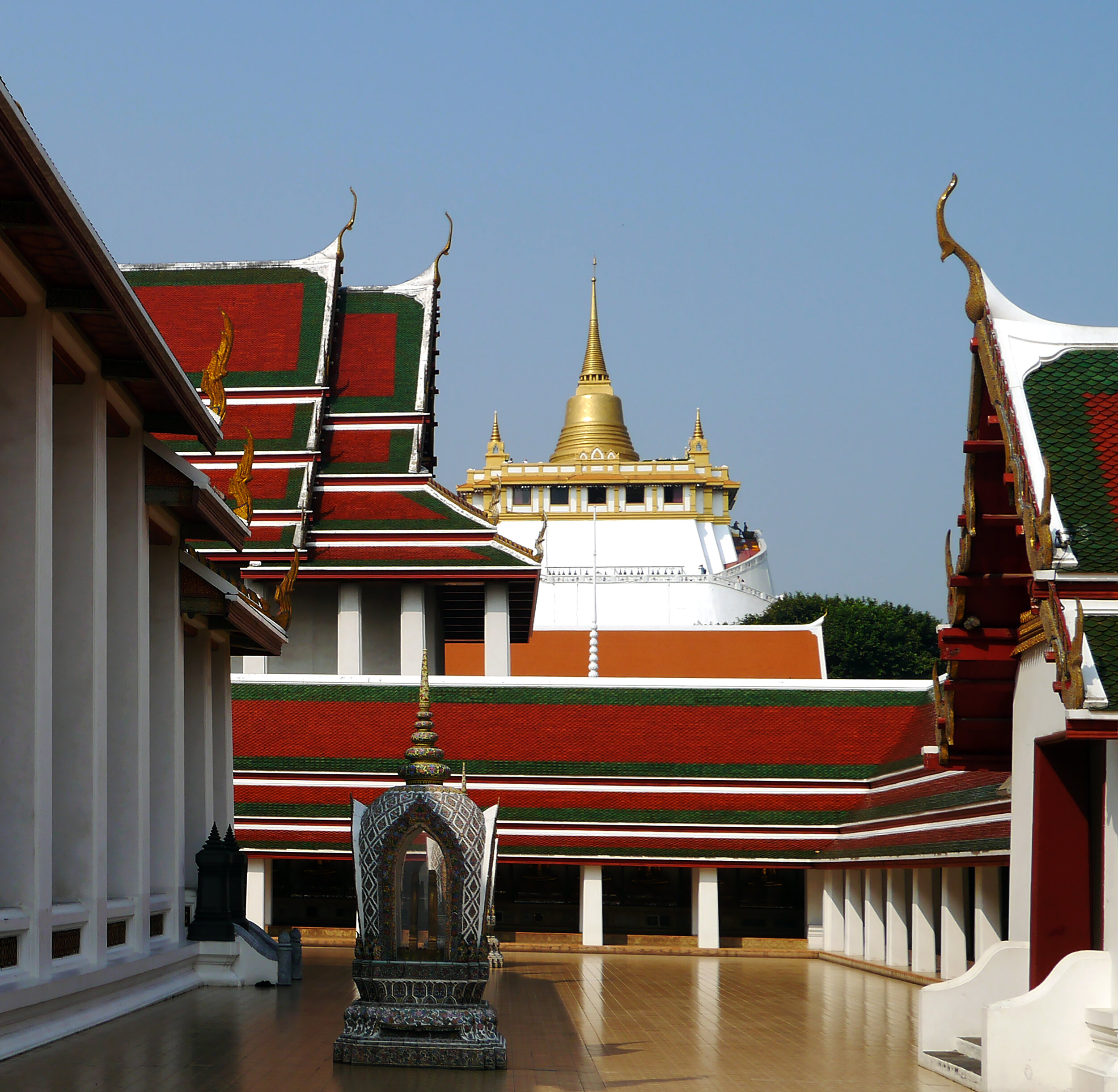
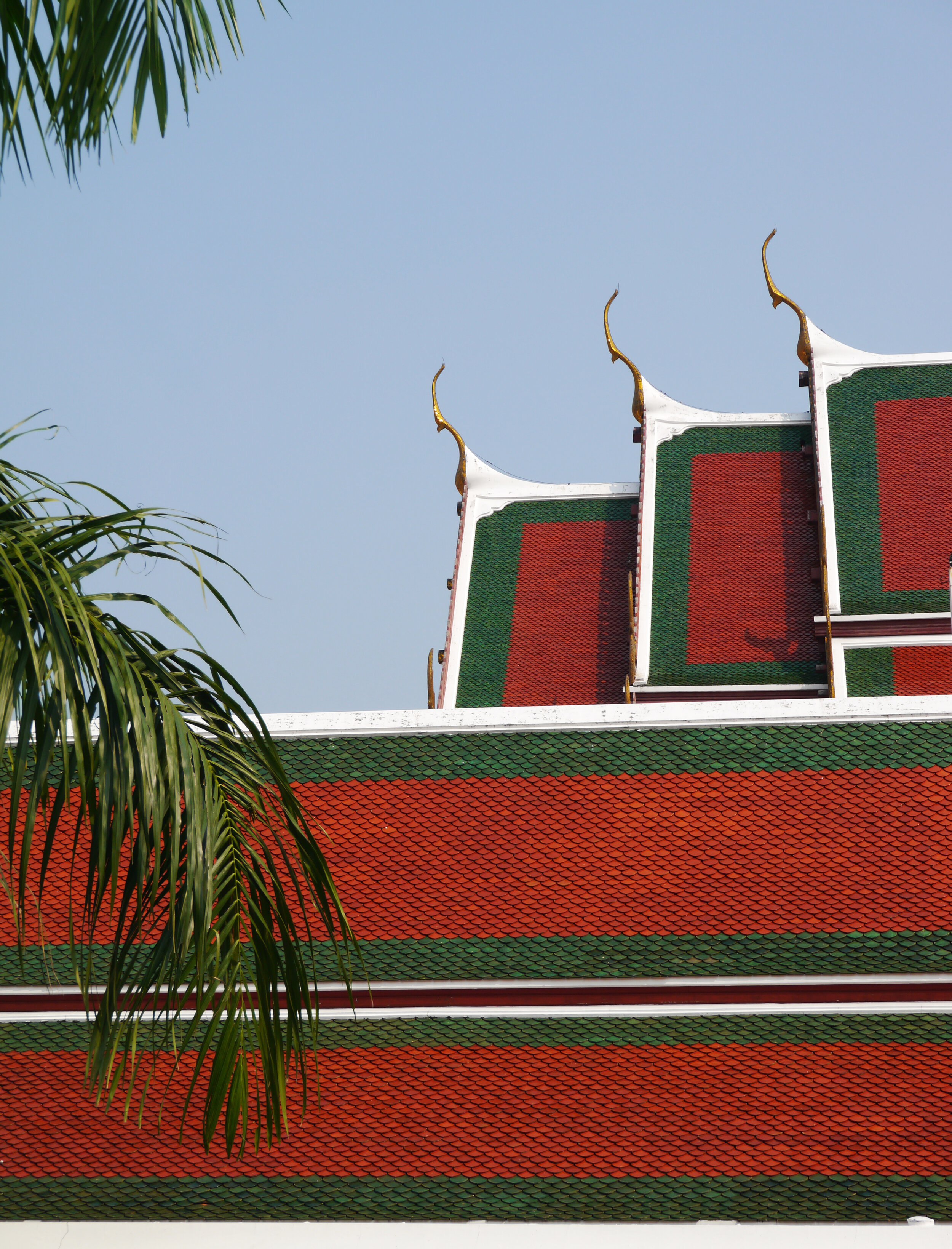
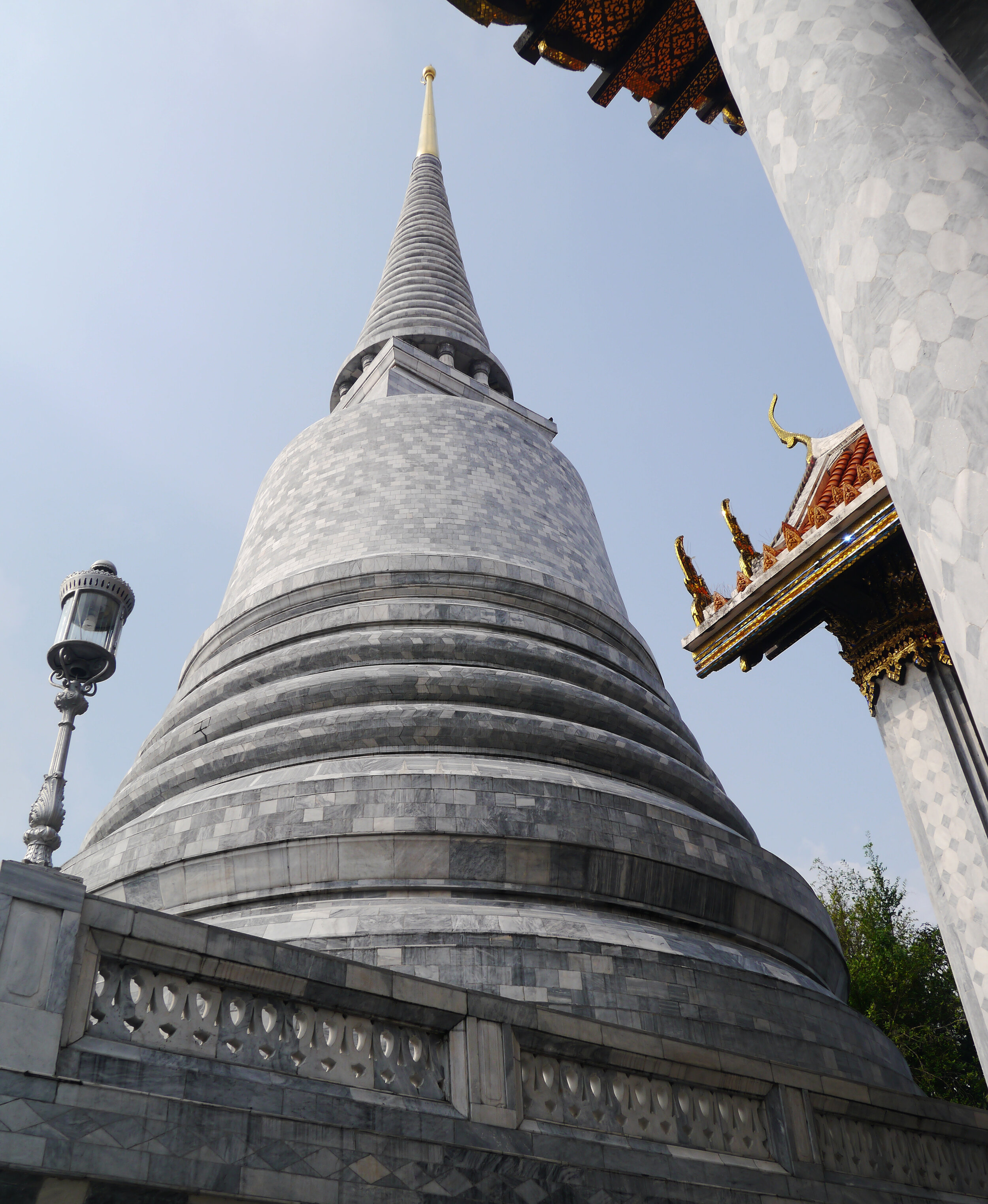
Walking the rising circular path of Phu Khao Thong (Golden Mountain) in the Wat Saket compound my body experienced through my legs, my lungs, and my hands the spaces and ideas I previously could only imagine and study through written texts. Over a week walking Bangkok the words of de Certeau, read for so many years, took on new meaning.
“The ordinary practitioners of the city live ‘down below,’ below the thresholds at which visibility begins. They walk — an elementary form of this experience of the city; they are walkers… whose bodies follow the thicks and thins of an urban ‘text’ they write without being able to read. These practitioners make use of spaces that cannot be seen; their knowledge of them is as blind as that of lovers in each other’s arms. The paths that correspond in this intertwining, unrecognized poems in which each body is an element signed by many others, elude legibility.”
(The Practice of Everyday Life, Michel de Certeau)
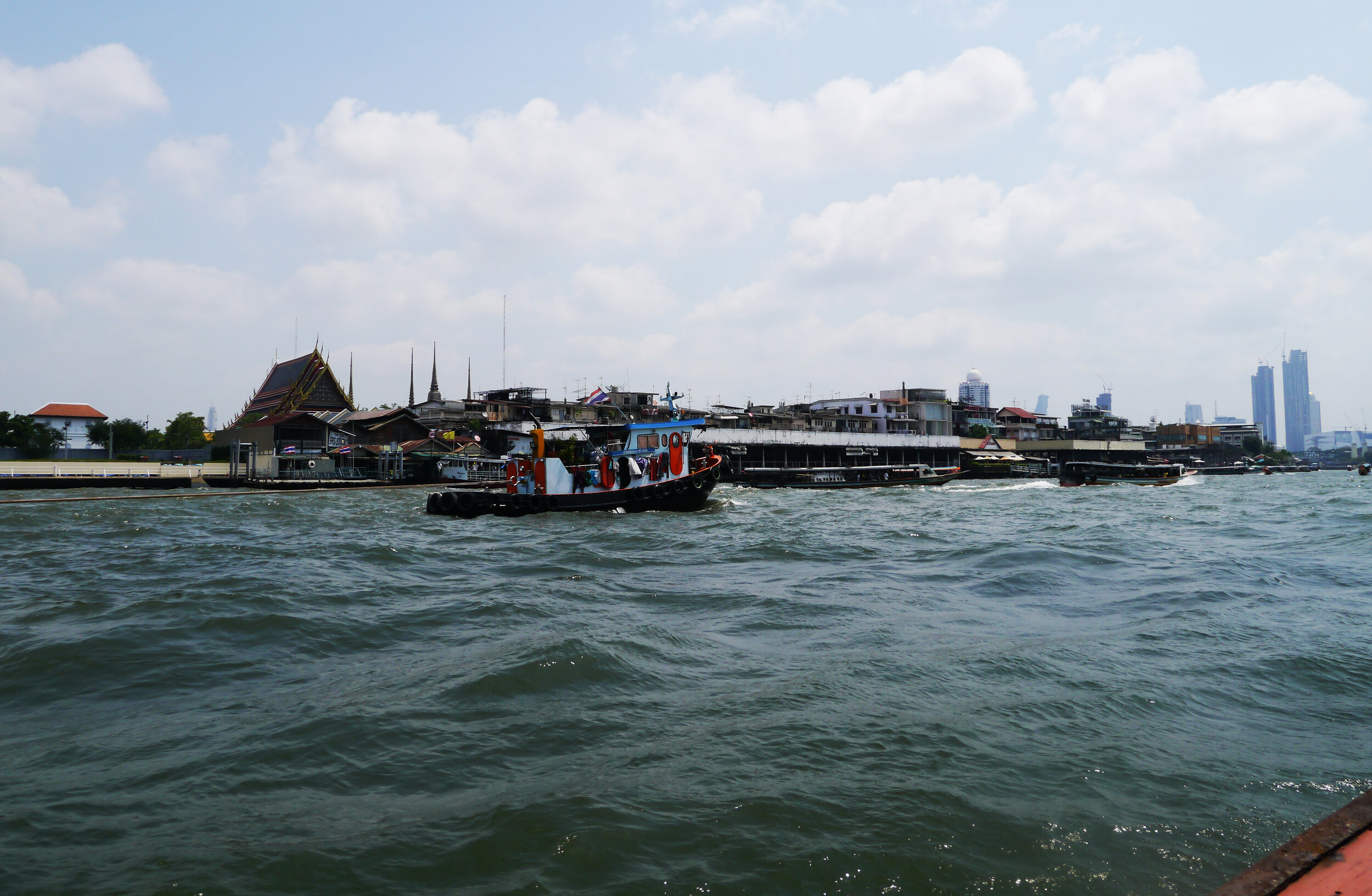
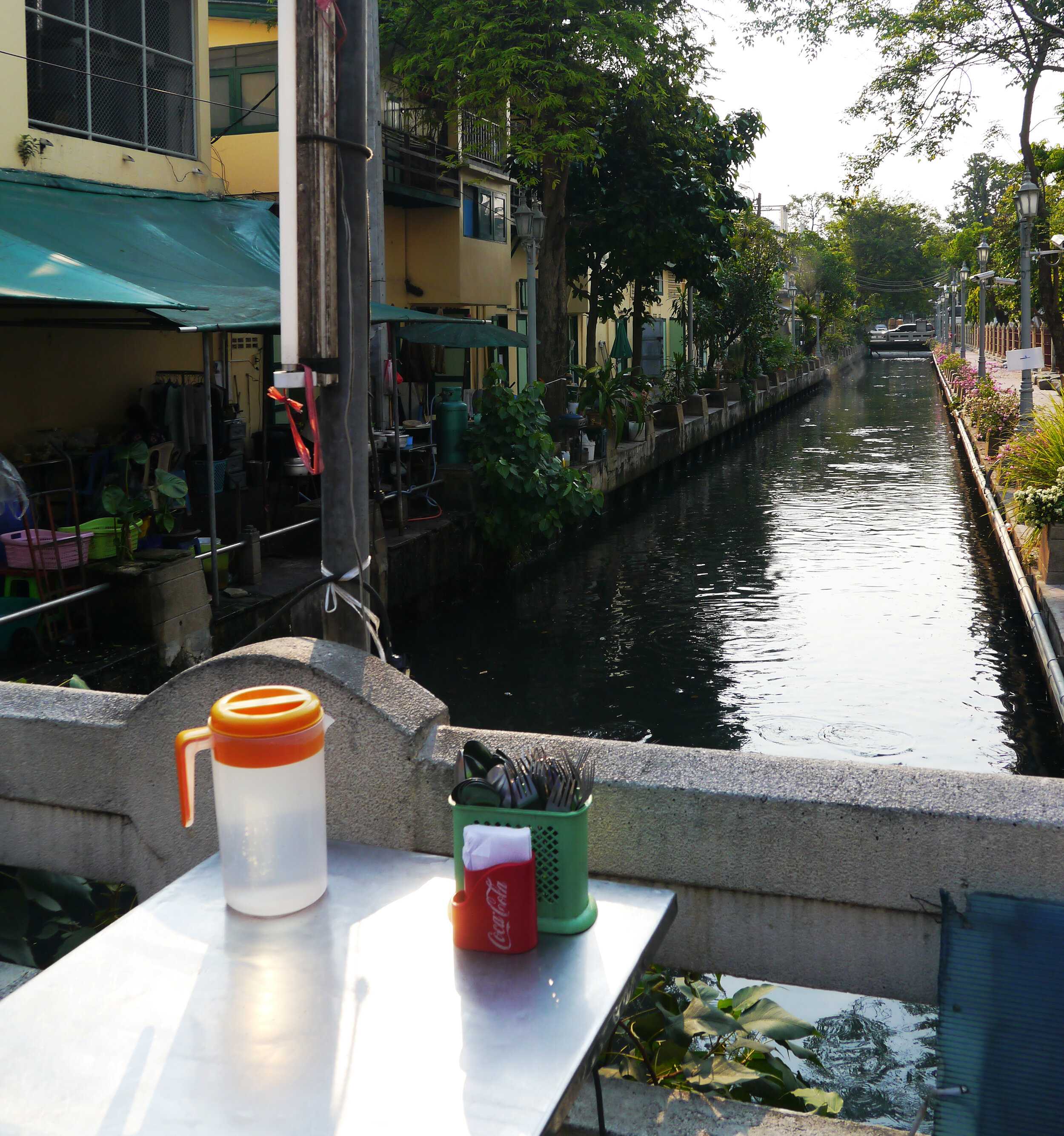
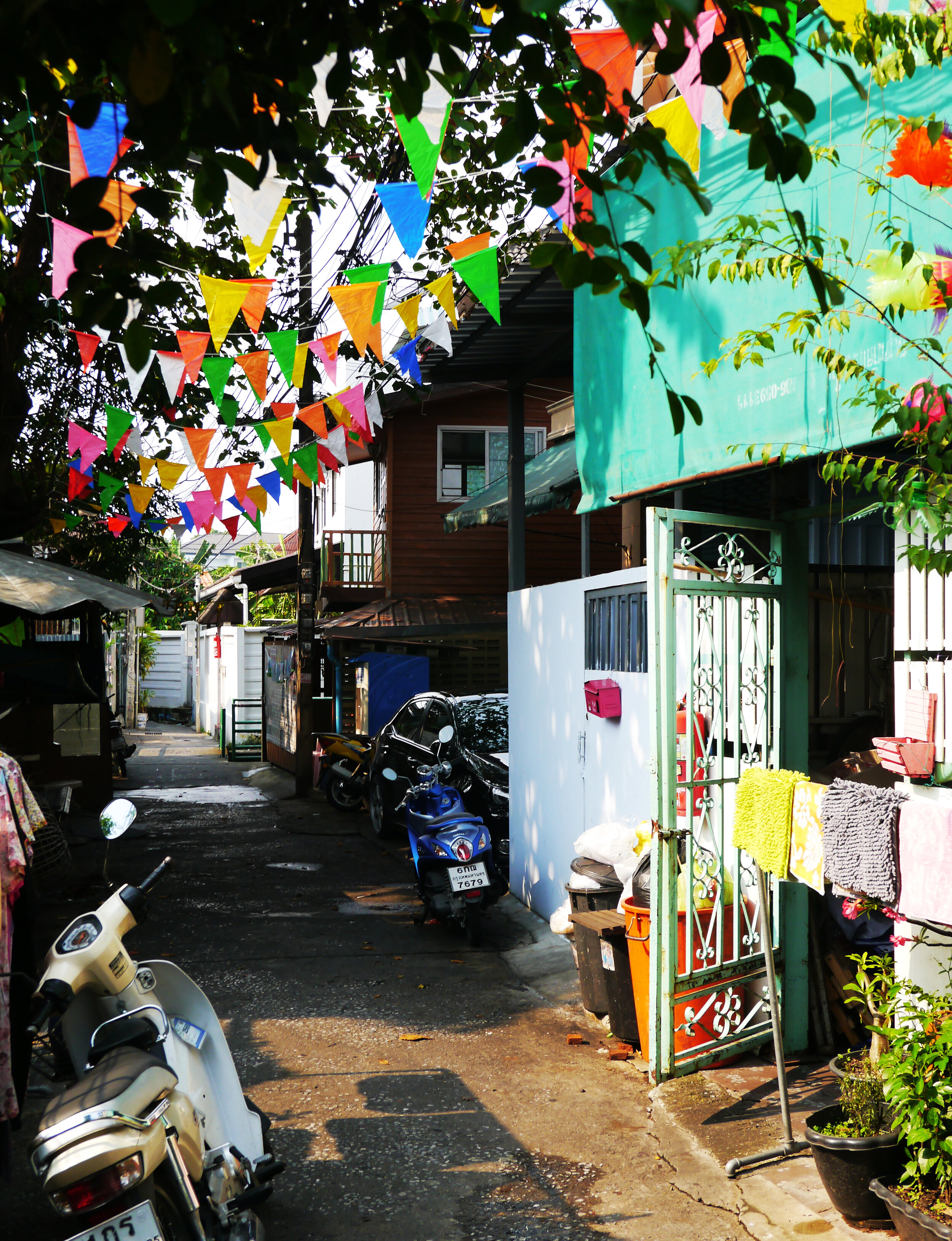
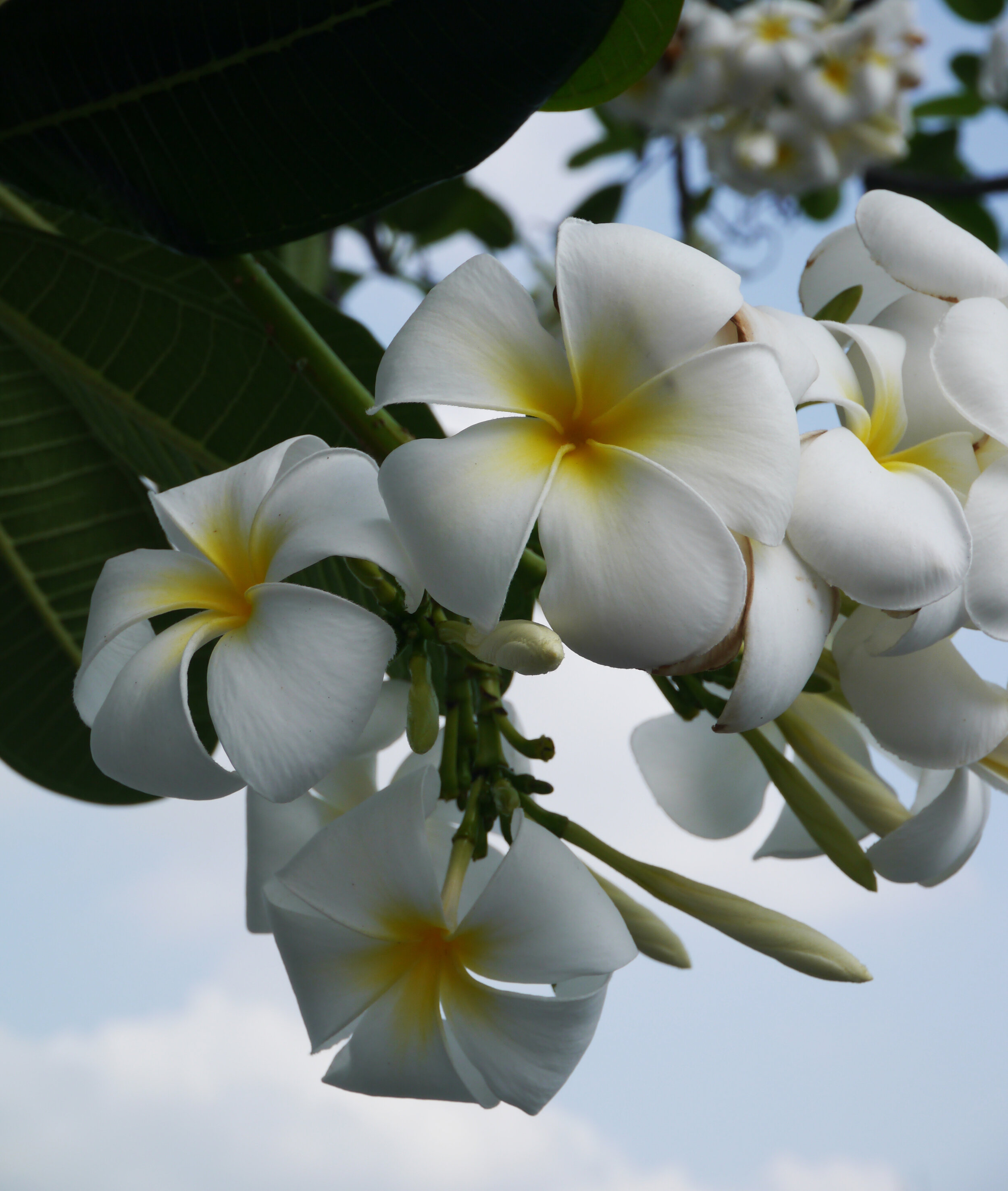
The poem of Bangkok helped me establish a walking practice. A walking practice rooted to a cultural and spatial vocabulary of accessible experience and awareness.
“It is nothing more or less than seeing things as they are rather than as we wish or believe them to be. This liberation of mind - this direct awareness of Reality as a Whole - is fully accessible to anyone willing to attend to their actual experience.”
(Buddhism: The Practice of Being Aware, Right Now, Every Day, Steve Hagen)
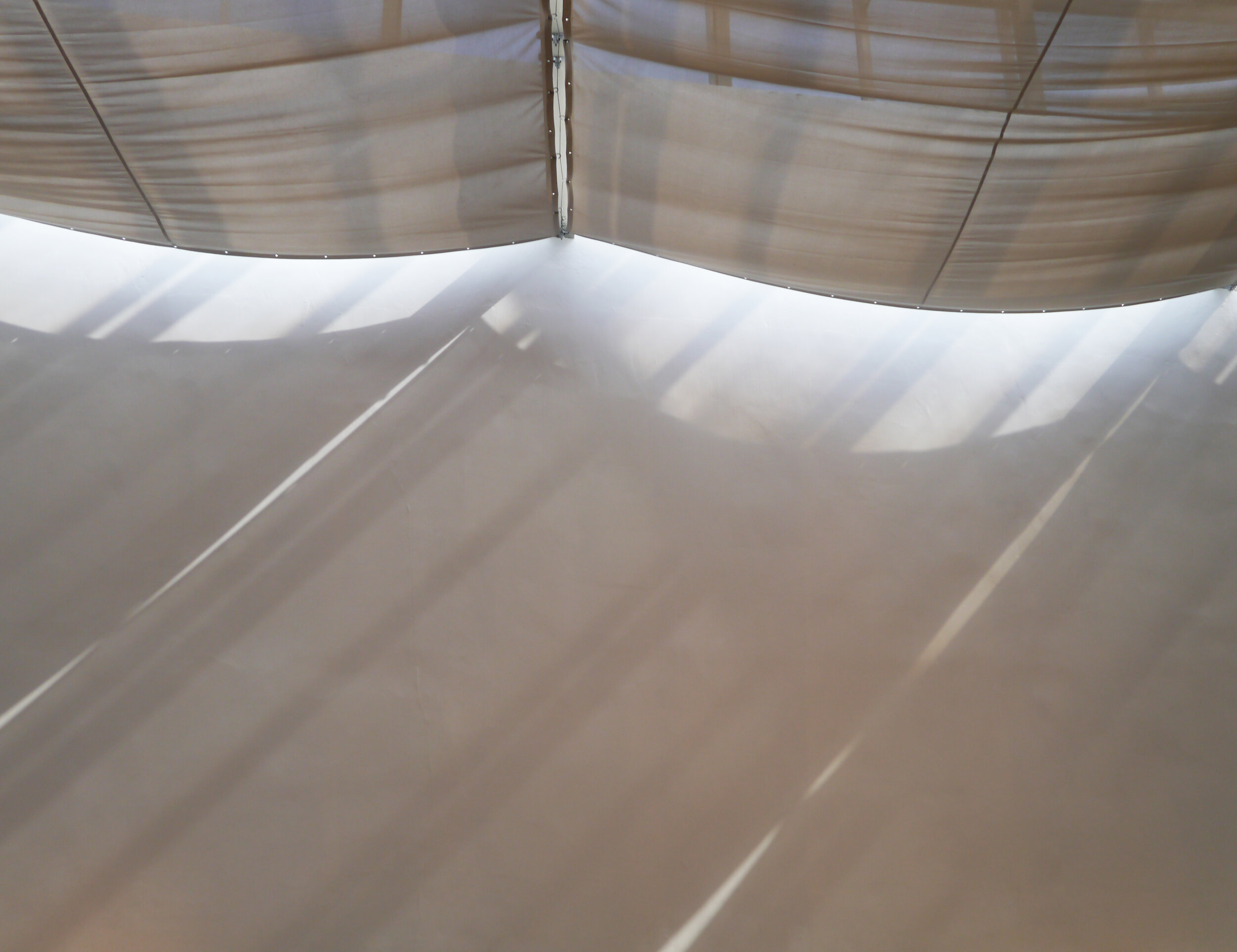
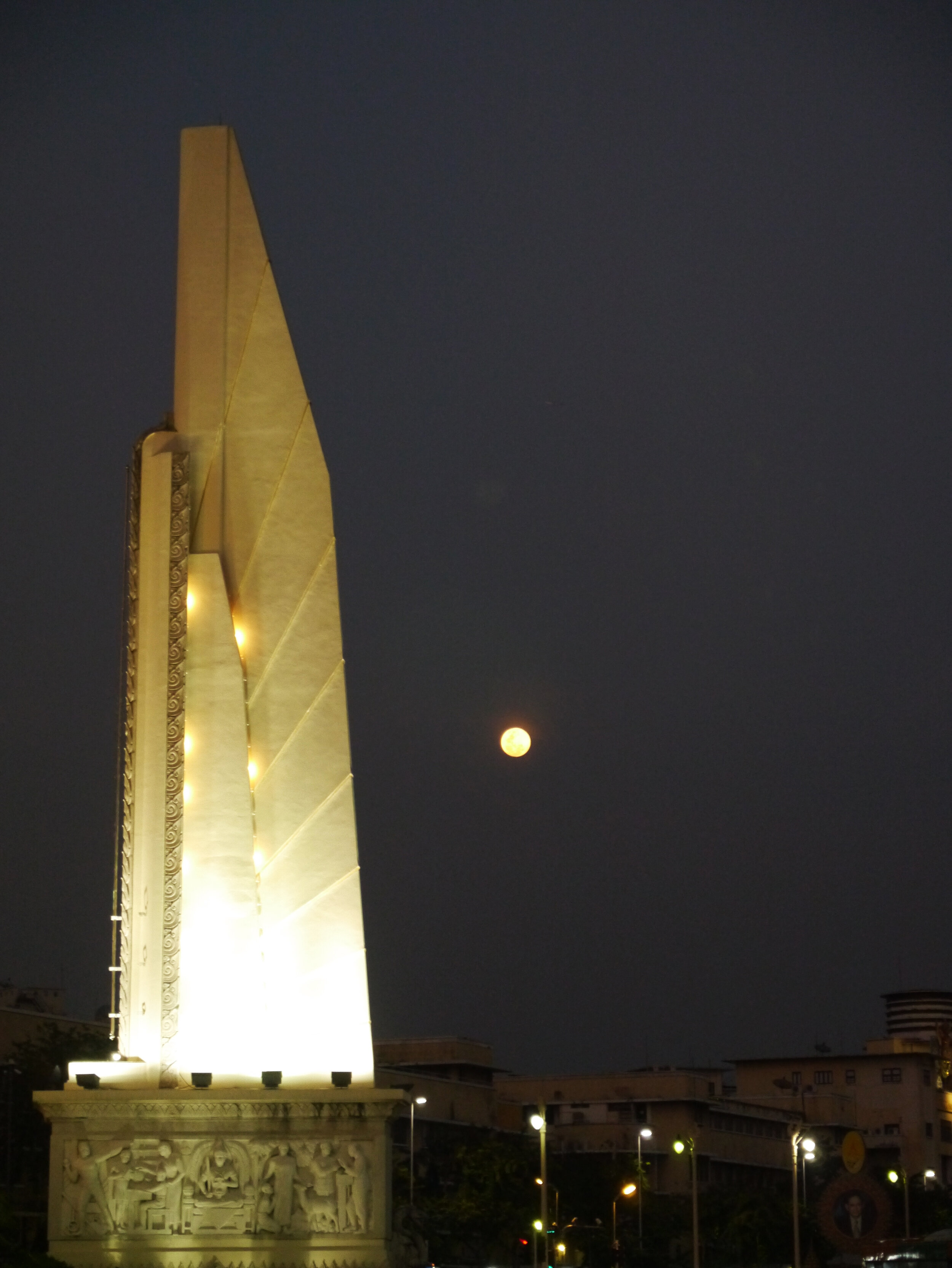
“Awareness… being awake, alert, in touch with what is actually happening. It’s about examining and exploring the most basic questions of life. It’s about relying on the immediate experience of this present moment.”
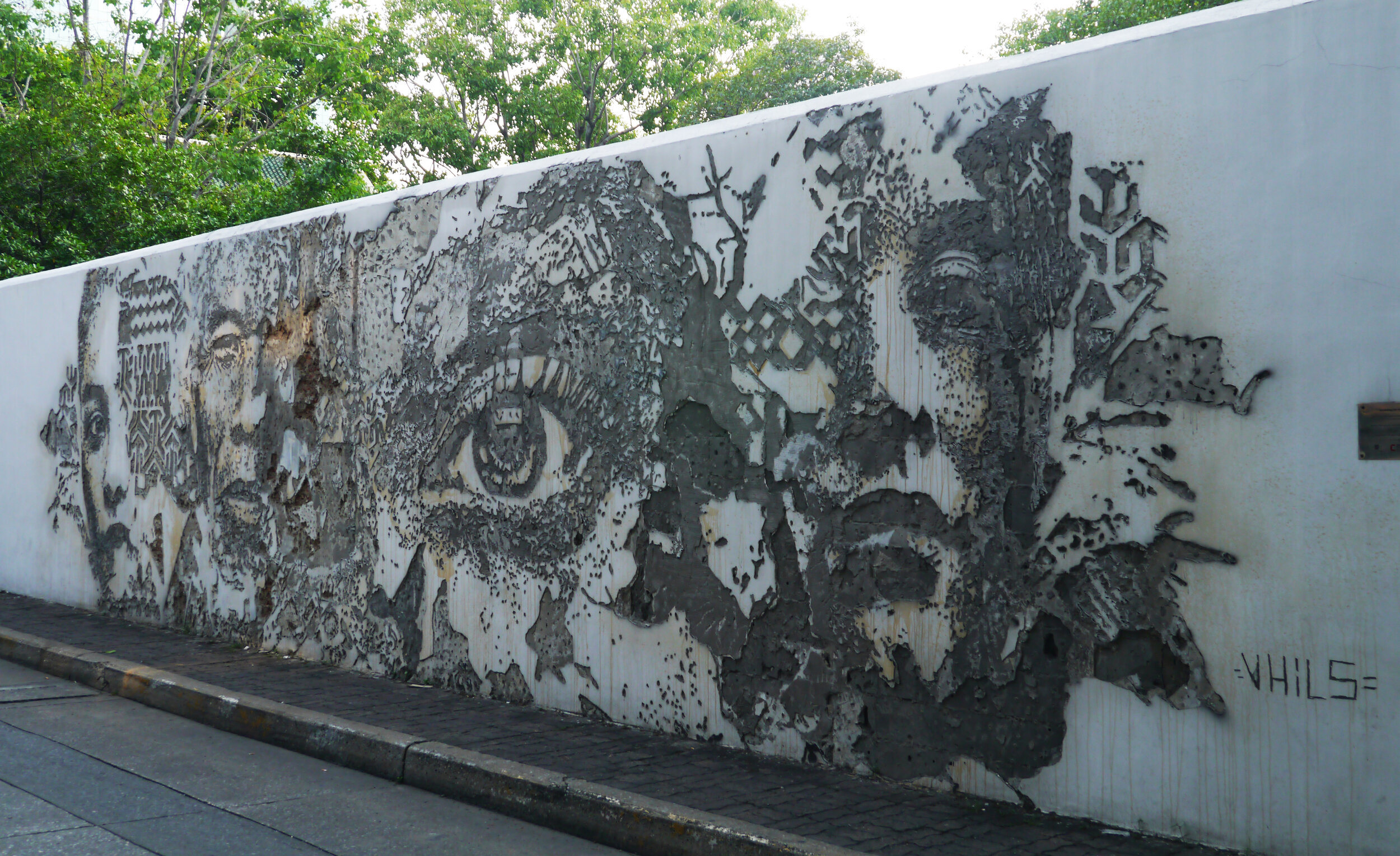
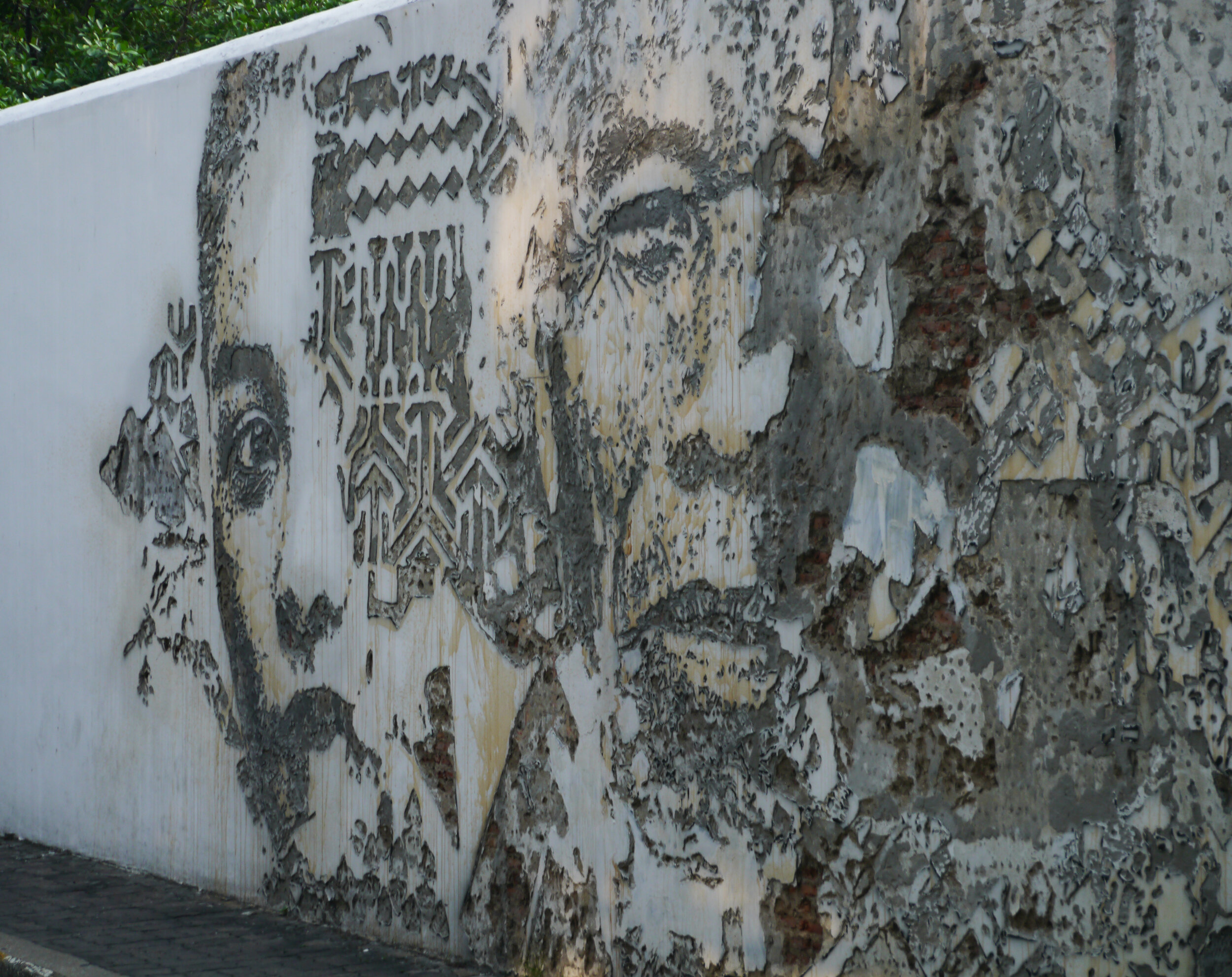
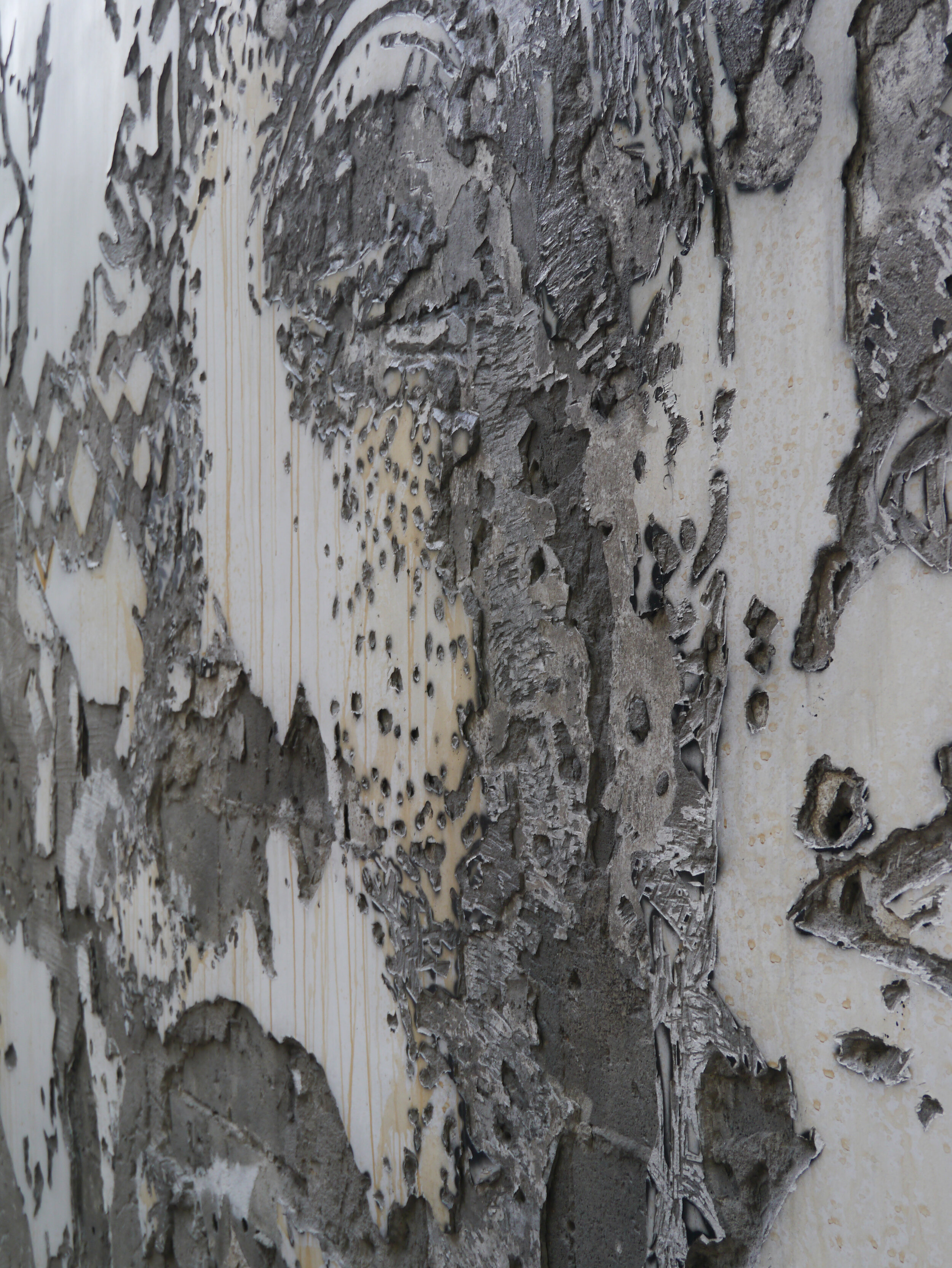
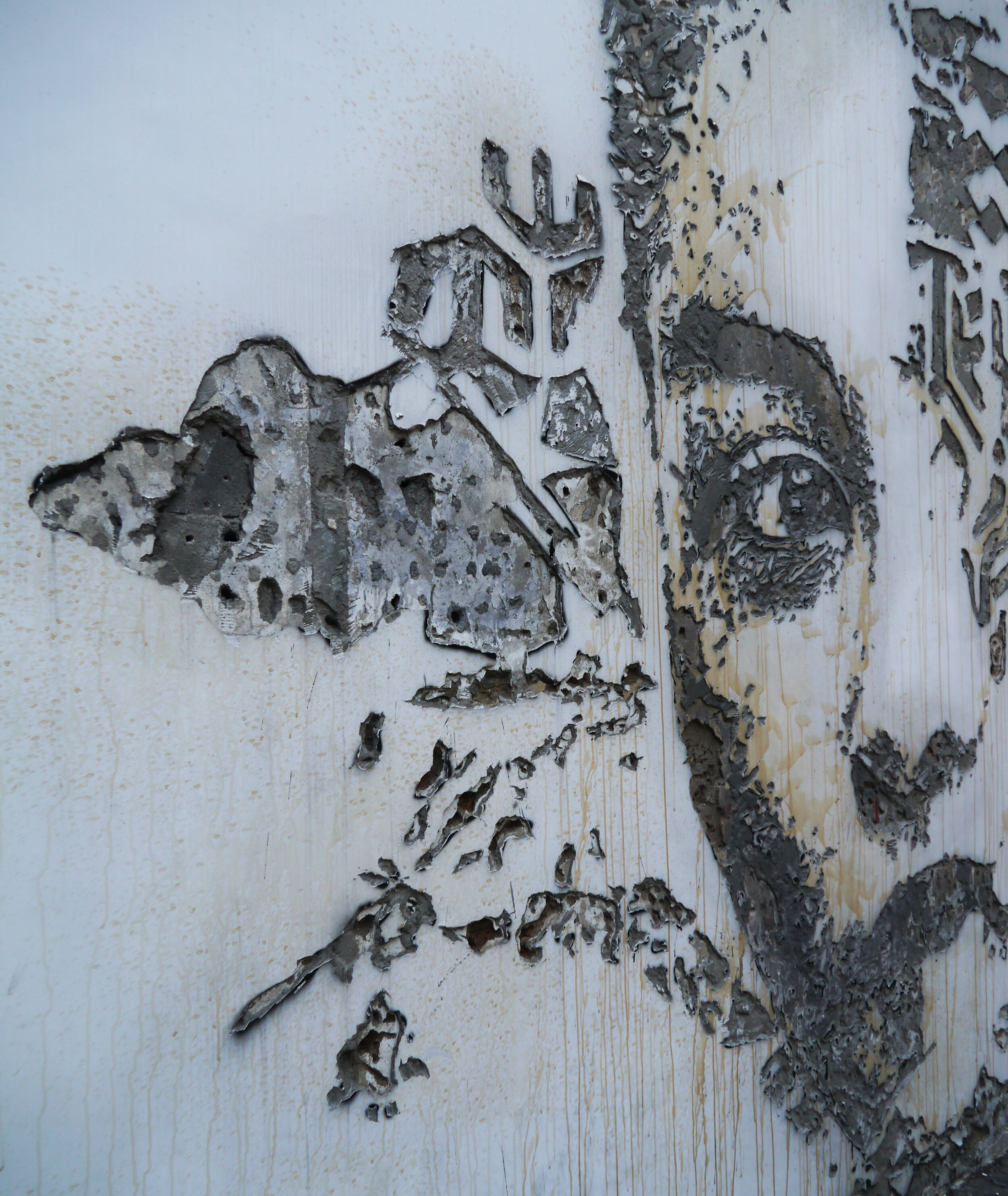
This critical vocabulary of my walking practice is now present for me to maintain and seek out the connection between the body and the mind. My health and design process is no longer in search of distance or removal for insight. My walking practice makes connections to hold me accountable to my body and experience as I live my life and engage in my design work. My legs, my breathing, my continual movement is ground for my thoughts and ideas. A nourishment that through movement, theory, and meaning manifests at the ground level.
The words of Paulo Freire provide a thread to conclude this first reflection and situate the next steps. Much of this growth occurred through the act of teaching and the insightful and re-occurring questions of students. This act of teaching requires continually questioning to push my knowledge and ability to articulate perspective and thinking with others. In a very real way a practice of walking with my students. Freire states:
“But I also know that without practice there’s no knowledge; at least it’s difficult to know without practice. We have to have a certain theoretical kind of practice in order to know also. But practice in itself is not its theory. It creates knowledge, but it is not its own theory.”
(We Make the Road by Walking: Conversations on Education and Social Change — Myles Horton and Paulo Freire, ed. Bell, etc..)
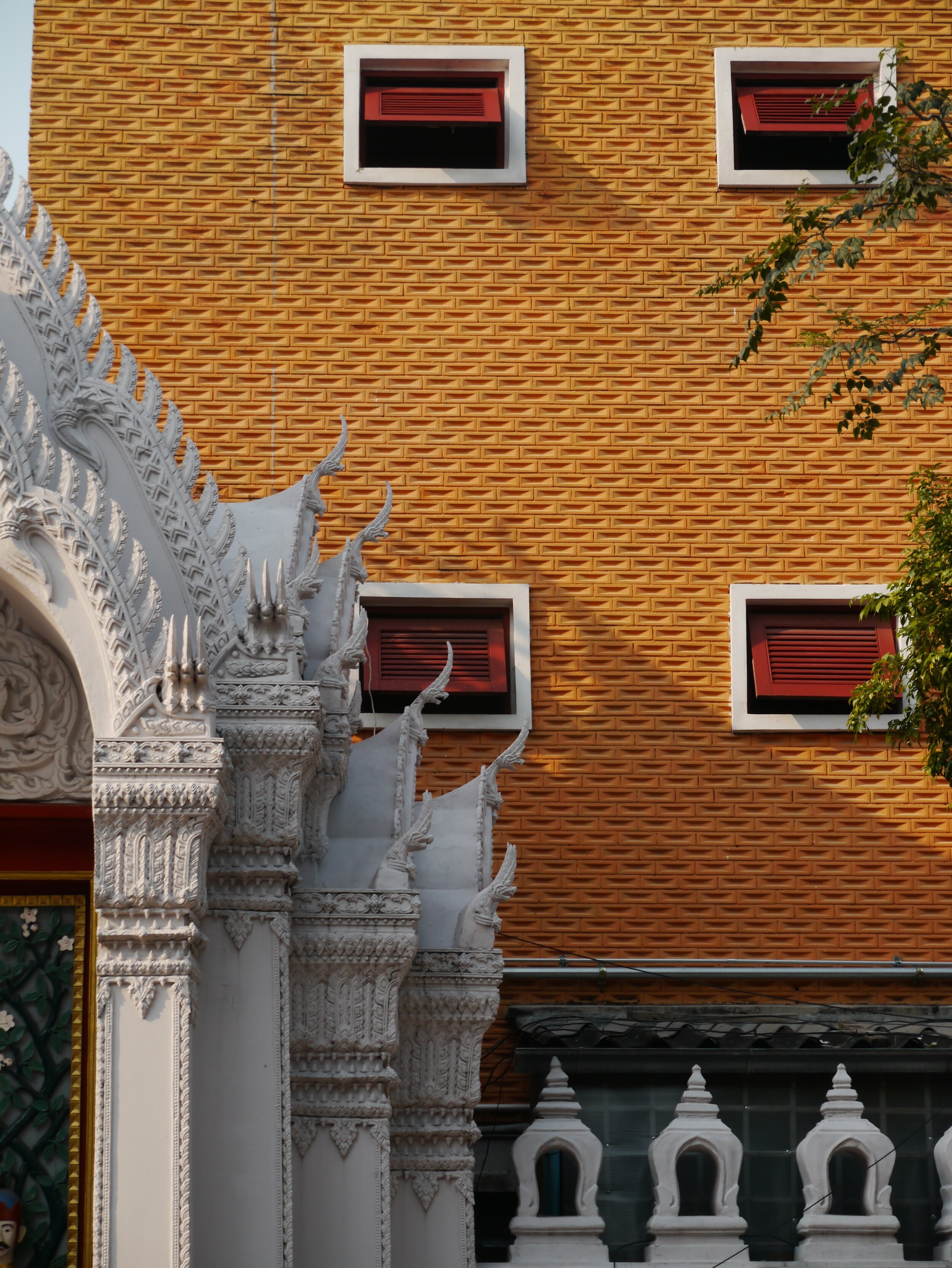
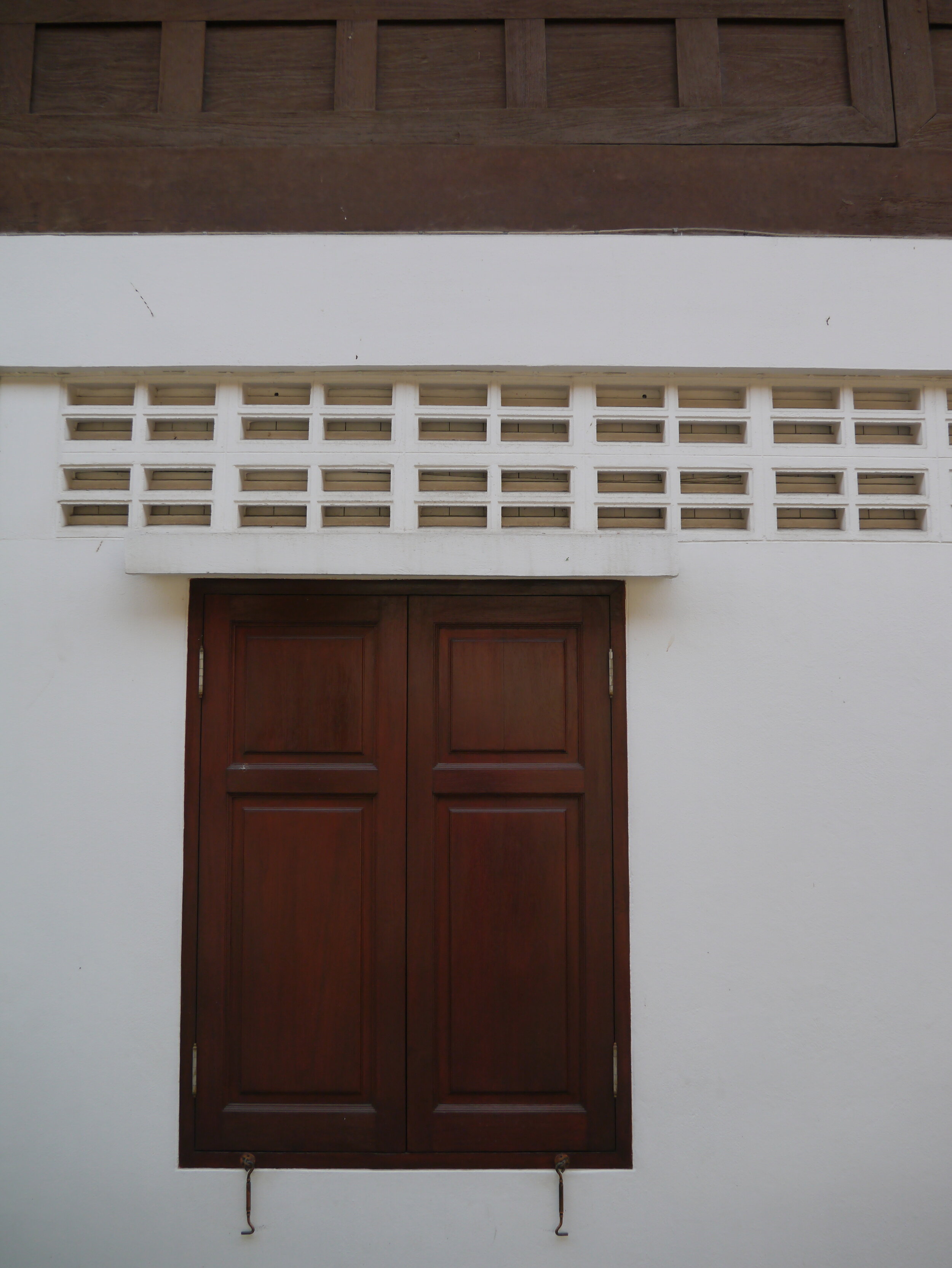
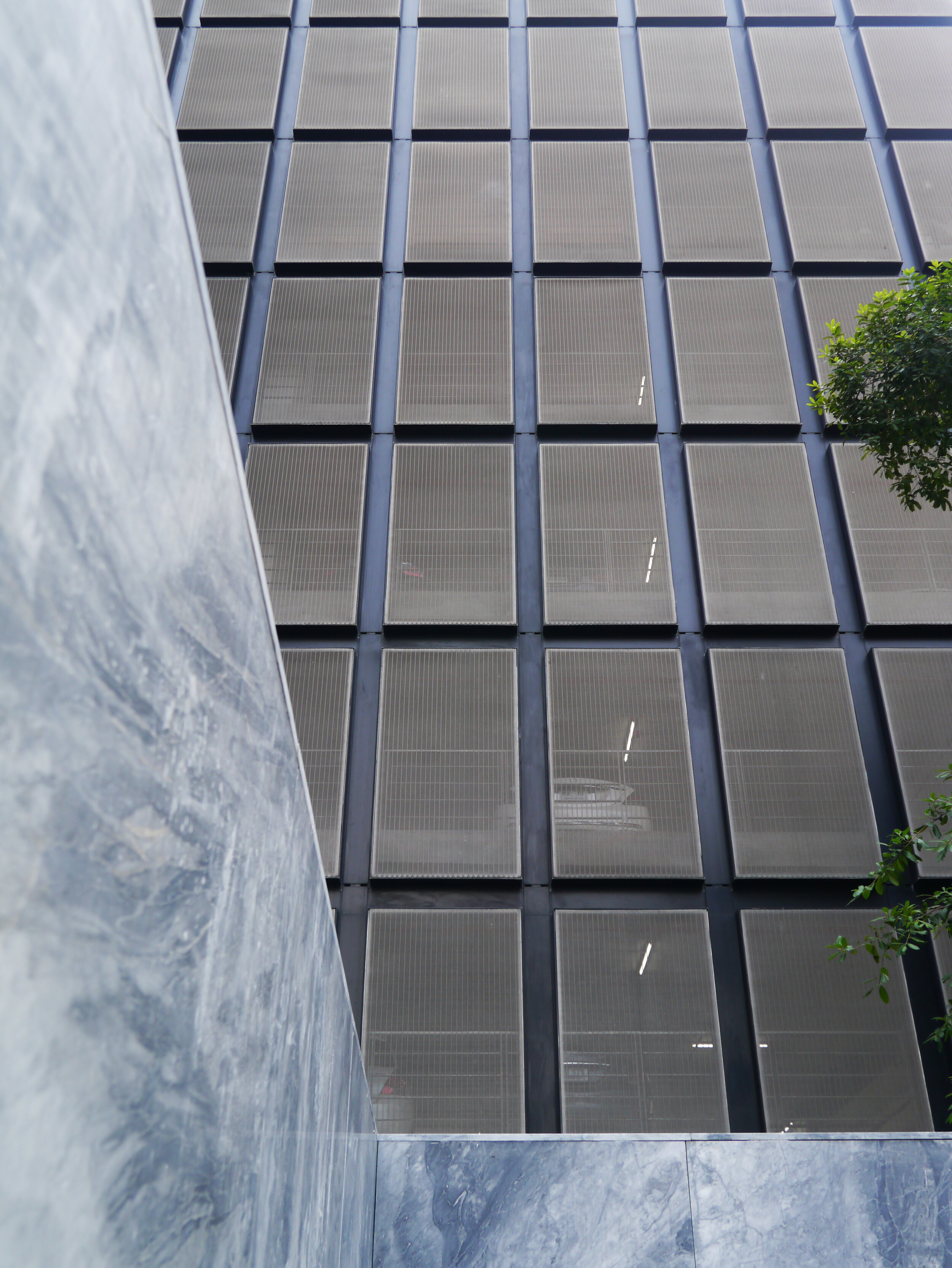

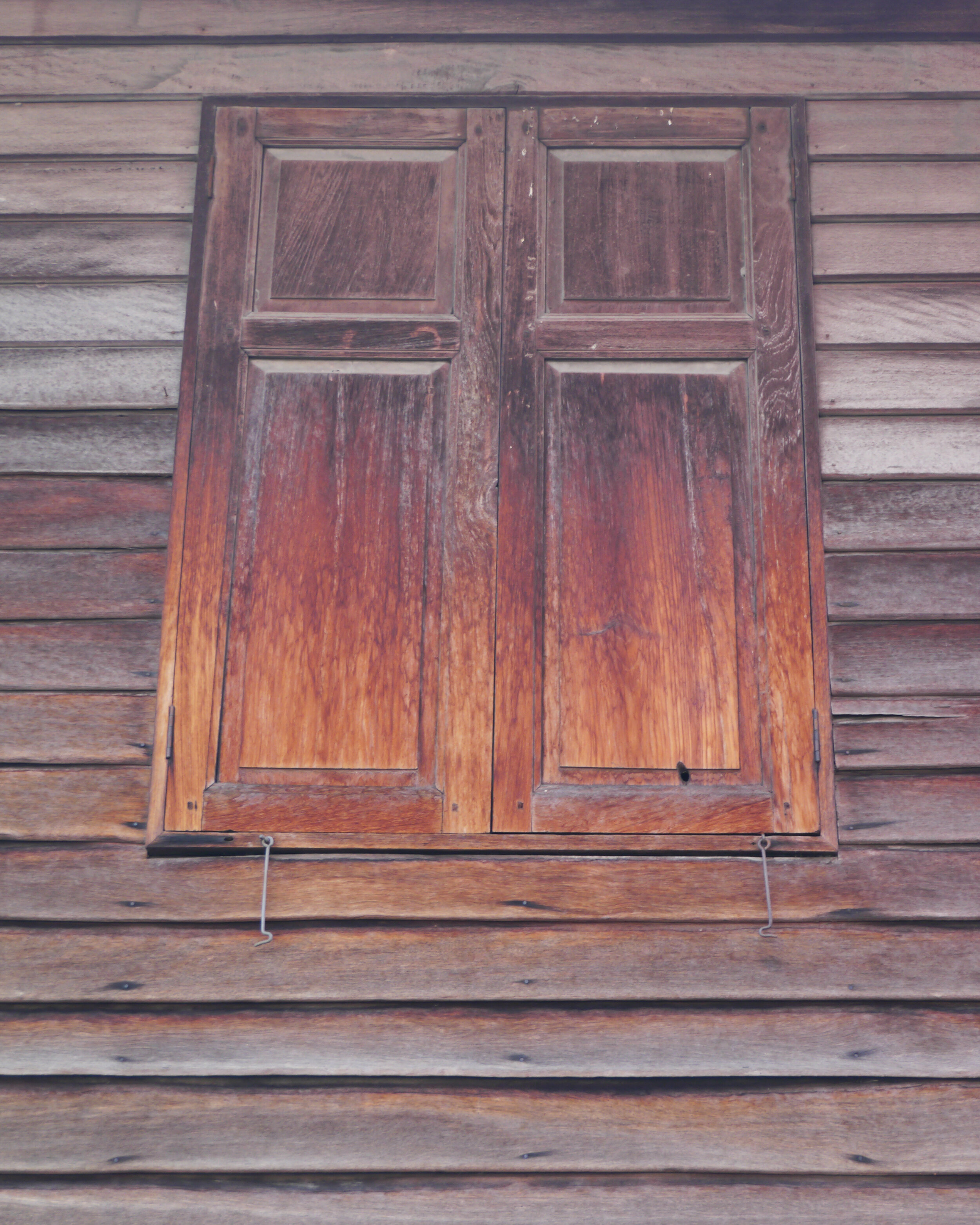
I walk to practice…
Further Reading
Buddhism: The Practice of Being Aware, Right Now, Every Day, Steve Hagen (1997)
The Practice of Everyday Life, Michel de Certeau (1984)
Senses of the Subject, Judith Butler (2015)
We Make the Road by Walking: Conversations on Education and Social Change, Myles Horton & Paulo Freire (1990)